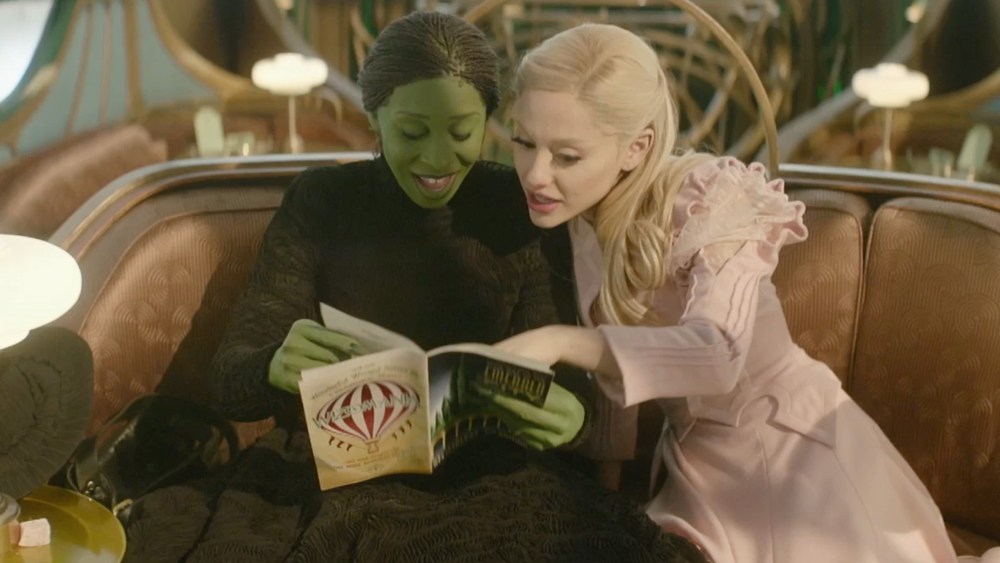Female Protagonists Featured in Record Number of Films in 2024: Study
Films like “Wicked,” “The Substance,” “A Quiet Place: Day One” and “Moana 2” didn’t just dominate the box office. They provided meaty roles for females in some of the year’s biggest releases.
For the first time in recent history, the percentage of top-grossing films featuring female protagonists equaled the percentage of films with male protagonists, according to a new report by the Center for the Study of Women in Television and Film at San Diego State University. Of the 100 top domestic grossing films in 2024, 42% had female protagonists, matching the percentage of films with male protagonists. That was a dramatic increase from 2023, when only 28% of these films were told from a female perspective, while 62% reflected the perspective of a male protagonist.
“2024 offered one of the richest slates of films featuring female protagonists in recent memory. These fictional women railed against unsatisfying personal relationships and discriminatory work environments. Films such as ‘The Substance’ pushed back hard against a culture that considers women disposable,” Martha Lauzen, founder of the center and the study’s author, said in a statement.
“The Substance,” which features an actress turned fitness guru who is fired because she is middle aged, has struck a chord in Hollywood for a reason. Women are less likely to score roles after they enter their 40s, in stark contrast to men. The percentage of female characters plummeted from 35% in their 30s to 16% in their 40s, whereas, the percentage of male characters increased as they moved from their 30s (25%) to their 40s (31%). Only 26% of female characters were 40 and older, whereas 55% of male characters were over 40.
“If we limit the age of female characters on screen, we limit the kinds of experiences and lives we see them live,” Lauzen argued. “Our films largely fail to take advantage of the depth of character that comes from women’s lived experiences and the added dramatic push characters confront when they know they’re in their third act.”
The study also found that 16% of films last year featured ensembles, up from 9% in 2023. To determine its findings, the report focused on protagonists from whose perspective the story is told, and because it is only looking at the top 100 films, a relatively tiny sample size, small fluctuations alter the number dramatically.
The study also examined the percentages for all speaking characters and major female characters from over 2,000 characters, which makes those results more stable and less susceptible to dramatic swings in either direction. The picture there was less bright. In 2024, the percentages of female characters in speaking roles increased only 2 percentage points to 37%, while the percentage of major female characters rose a single percentage point to 39%.
And men still got to talk more, with 72% of films last year featuring more male than female characters in speaking roles. Just 21% of films had more female than male speaking characters.
In 2024, 67.3% of major female characters were white (up from 54.7%), 17.4% were Black (up from 16.7% ), 4.3% were Latina (down from 7.6%), 6.4% were Asian or Asian American (down from 6.7%), 0.4% were Native American (down from 0.6%), 0.4% were MENA (down from 0.9%) and 1.1% (almost even with 1.2%) were of multiple races and ethnicities.
Certain gender stereotypes abounded across last year’s biggest films. Of the 17% of major characters who were portrayed as leaders, 63% were male and 37% were female. It was also more likely that a male character would be gainfully employed. Sixty-two percent of male characters with speaking roles, but just 38% of female characters, had an identifiable job or occupation.
It makes a difference who is calling the shots on a movie. In films with at least one woman director and/or writer, females comprised 81% of protagonists. In films with exclusively male directors and/or writers, females accounted for 33% of protagonists.


